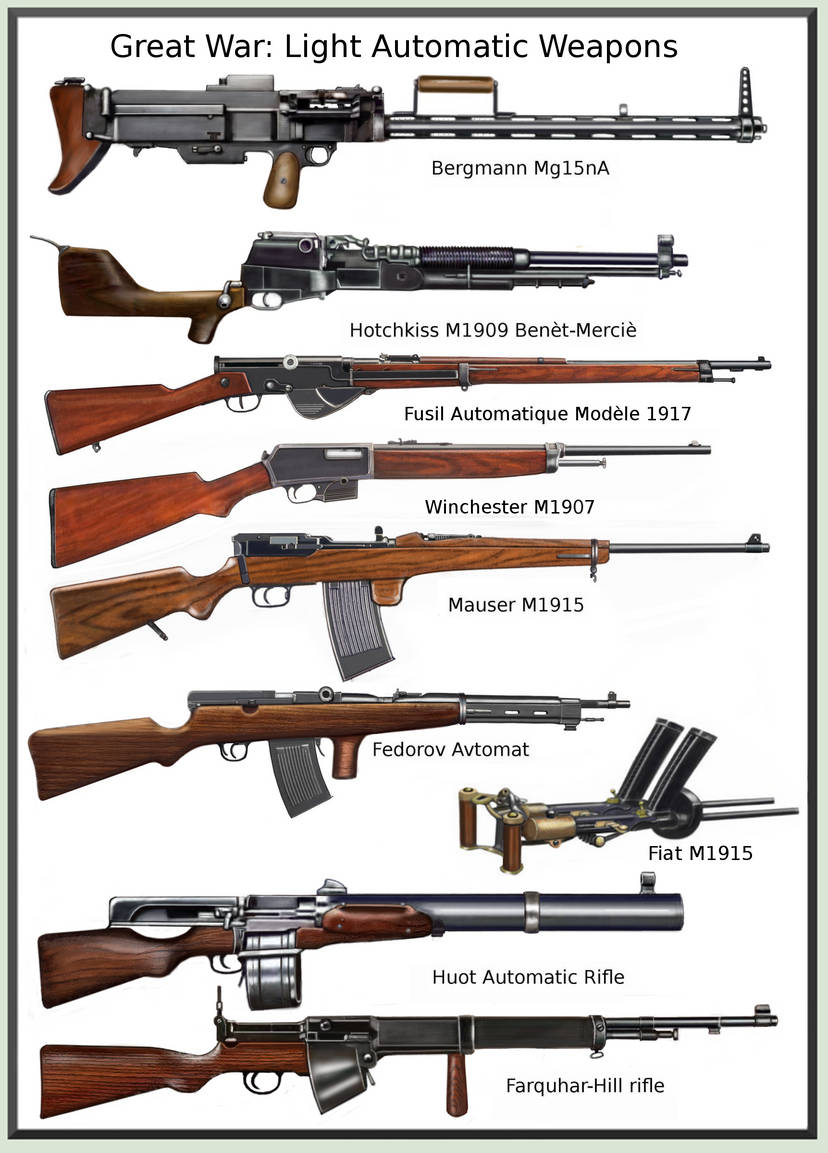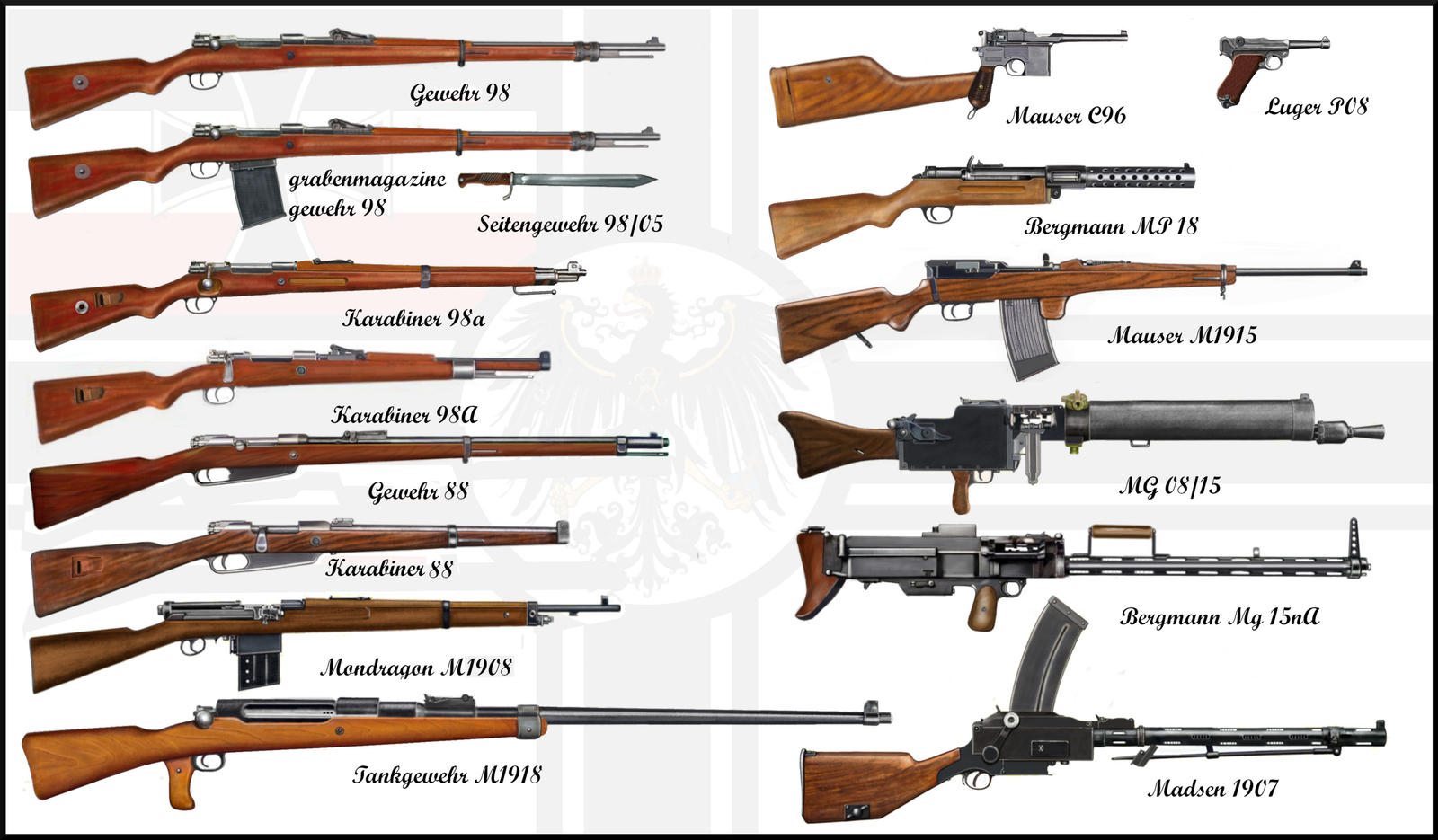Swivel-butt device for the Sten Mk.V, designed for shooting around corners.
Tagged: guns, firearms, history, wwII, ww2.
The Viper machine carbine
Derek Alfred Hutton-Williams designed the Viper in 1942. His concept was an ergonomic weapon that would be comfortable to hold and easy to fire. There was not much consideration given to accuracy; rather, it was conceived without any form of sights at all - it was designed only to be fired from the hip, with the body of the gun running over the user’s forearm and slotting neatly underneath their armpit. Hutton-Williams envisaged the weapon being used as a personal defense weapon for vehicle crewmen, artillerymen, motorcycle messengers and line of communication troops.

The first physical prototype, built from a Sten Mk.III. The elevated stock was designed to fit under the user’s armpit.
After proposing the concept to the Ordnance Board, Hutton-Williams was given a small budget to produce some prototypes for testing. By February 1943, two prototypes had been made at RSAF Enfield. These first models were basically modified Mk.III Stens encased in large, unusual wooden frames, built from two hollow sections that bolted together at the seems. The cocking slot ran across the top, and the trigger was level with the magazine. After some concerns about the gun’s overall weight were raised, a new body was developed made from lightweight plastics. This was interchangeable with the original wooden body, which would be disassembled and detached at any time.
This first version of the Viper was subjected to Ordnance Board tests as intended, but the results of these tests have not survived. It can be inferred by the fact that subsequent models were produced that the Ordnance Board expressed some interest in the design, and made recommendations for improvements.
In mid-1943, Hutton-Williams produced sketches for a second model of the Viper. There seemed to be a great emphasis on making the weapon as compact as possible - the barrel was reduced to five inches, the magazine now fed through the pistol grip and could fold underneath when not in use, and the buttstock was retractable. This model was proposed but never actually made, but gave way to an entirely new model.

Hutton-William’s conceptual sketch of the proposed Mk.II Viper, which was ultimately never made.
It was not until two years later, in mid-1945, that the final version emerged. This was known as the No.3 model and was entirely different from the first two. It was built from the ground-up and utilized a new operation and appearance. Originally it seems to have been conceptually similar to the original model, with the long body designed to tuck into the crook of the firer’s arm. However, Hutton-Williams made some later additions to the design, likely on the request of the Ordnance Board, which included a detachable wooden buttstock and a set of basic iron sights to allow for aimed fire.
The No.3 Viper made the addition of a fire selector, unusually in the form of a button. At a half-press, it could produce single shots, and pressed in fully it would give automatic fire. The rear of the bolt was fitted with a rubber buffer and housed in the rear of the body was a dead weight that would moderate the fire rate to 692 rounds per minute. The cocking slot remained along the top of the receiver.
Unlike the previous versions, the No.3 now fed from MP40 magazines rather than Sten magazines. While this would seem an impractical choice, there was decent reason for it. Firstly, Sten magazines were of poor quality and susceptible to feeding jams. Secondly, by the time the No.3 was produced, the war in Europe was now over and the British, now occupying Germany, had plentiful access to MP40 components. Hutton-Williams considered this to his advantage, and proposed the weapon would be ideal for Military Policemen stationed in Germany.

The Mk.III Viper - essentially the finished product. The enlarged trigger guard was designed to facilitate for winter gloves.

Right side view of the receiver.
A final feature of note was the No.3 Viper’s removable barrel, which could be easily unscrewed. Three barrels were made for the gun, at 4.7 inches, 7.5 inches, and 24 inches.
Tests for the No.3 Viper were conducted in 1945, using the 4.7 and 7.5 inch barrels. The gun functioned well enough but was considered underweight at 4.13lbs - lower than the Ordnance Board’s recommended weight of 6lb. It was common for guns to be rejected for being overweight, but rare for a gun to be considered too light. Regardless, the Ordnance Board did consider the Viper worth developing further, as it was already invested in other designs, such as the Patchett and BSA. The Board decided that no further action should be taken with regards to the Viper and development of the weapon ceased.

The Viper with accessories shown, including exchangeable barrels of different lengths, a detachable shoulder stock, and a sling.






